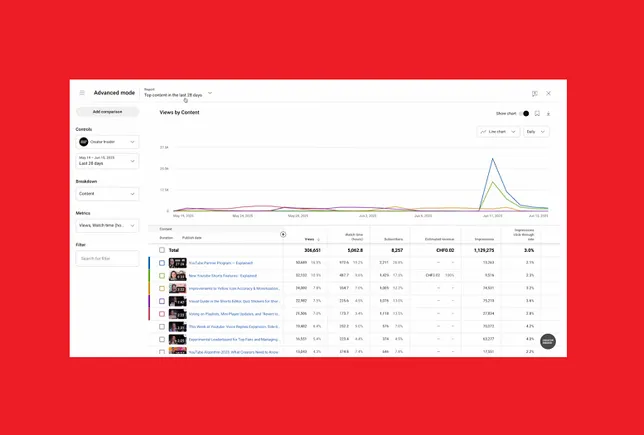The Hidden Toll of Social Media Addiction: What the Data Says
Social media has become deeply ingrained in our daily routines, shaping how we communicate, consume... The post The Hidden Toll of Social Media Addiction: What the Data Says appeared first on Social Media Explorer.

Social media has become deeply ingrained in our daily routines, shaping how we communicate, consume information, and even perceive ourselves. But behind the convenience and connection lies a darker reality: millions of Americans are showing signs of addiction to these platforms, with devastating effects on their mental health.
Anidjar & Levine recently published a new study highlighting how excessive social media use has evolved into a serious public health issue. Drawing from a wide range of sources, including AddictionHelp.com, the Pew Research Center, and Statista, the research reveals just how widespread the issue has become and who is paying the price.
According to current statistics, roughly 10% of Americans, over 33 million people, struggle with some form of social media addiction. This number skyrockets among young adults. For those aged 18 to 22, the self-reported addiction rate climbs to 40%. Daily screen time among teens averages more than seven hours, while children aged 8 to 12 still spend close to five hours per day online.
The consequences are far more than just wasted time. Mental health risks tied to social media use are now well-documented. Teenagers who spend more than five hours a day online are significantly more likely to experience feelings of loneliness, body image issues, and even suicidal thoughts. One dataset reveals that 70% of teens feel left out due to what they see online, while 35% have encountered cyberbullying and 43% delete posts if they don’t receive enough likes.
While platforms like Facebook, Instagram, and Snapchat continue to dominate users’ attention spans, the debate about their impact has intensified. Recent years have seen a surge in legal actions against social media giants, with over 1,200 lawsuits pending against companies like Meta, TikTok, and Snap Inc. These lawsuits claim that these platforms have knowingly designed addictive features that harm the psychological well-being of users, especially children and teens.
Anidjar & Levine’s research also dives into these legal trends, noting that several states are actively pursuing litigation against tech companies for their role in exacerbating mental health struggles. Some courts have already allowed negligence claims to proceed, challenging long-standing legal protections like Section 230.
At the heart of these lawsuits is a growing concern over how AI-driven algorithms function. Many of the most addictive features, like infinite scrolling and push notifications, are powered by artificial intelligence designed to maximize screen time. Critics argue that these systems are engineered for engagement, not user safety, often prioritizing emotionally charged content that worsens mental health outcomes.
The study also emphasizes how vulnerable groups such as teen girls, LGBTQ+ youth, and those with pre-existing mental health conditions are often the most impacted by compulsive social media use. These populations may be more susceptible to social comparison, bullying, and isolation, further compounding their risk of mental health decline. The gap between healthy digital behavior and tech overuse is growing, and targeted interventions are needed now more than ever.
In response, lawmakers are exploring a range of options. Proposed measures include age verification laws, clearer warnings about the risks of excessive use, and restrictions on algorithms that encourage compulsive engagement.
The data shared by Anidjar & Levine’s study makes a compelling case: the mental health impact of social media addiction is not just a personal problem; it’s a public one. As awareness continues to grow, so too does the call for accountability, transparency, and reform in how these platforms operate. This is no longer a tech issue alone; it’s a health crisis demanding urgent action.
The post The Hidden Toll of Social Media Addiction: What the Data Says appeared first on Social Media Explorer.




























![How To Drive More Conversions With Fewer Clicks [MozCon 2025 Speaker Series]](https://moz.com/images/blog/banners/Mozcon2025_SpeakerBlogHeader_1180x400_RebeccaJackson_London.png?auto=compress,format&fit=crop&dm=1750097440&s=282171eb79ac511caa72821d69580a6e#)

![Brand and SEO Sitting on a Tree: K-I-S-S-I-N-G [Mozcon 2025 Speaker Series]](https://moz.com/images/blog/banners/Mozcon2025_SpeakerBlogHeader_1180x400_LidiaInfante_London.png?auto=compress,format&fit=crop&dm=1749465874&s=56275e60eb1f4363767c42d318c4ef4a#)






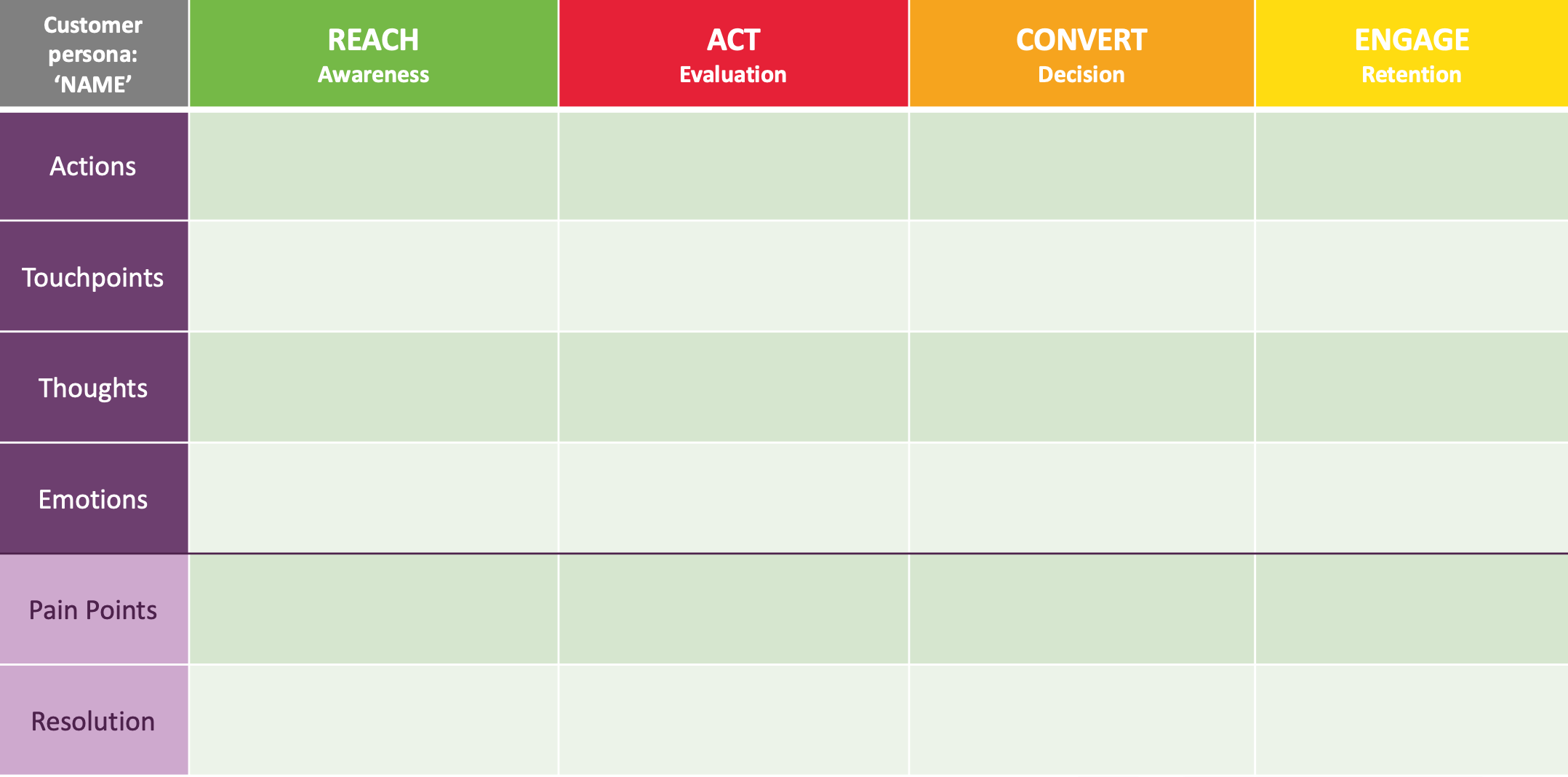















![The 11 Best Landing Page Builder Software Tools [2025]](https://www.growthmarketingpro.com/wp-content/uploads/2024/04/best-landing-page-software-hero-image-1024x618.png?#)


































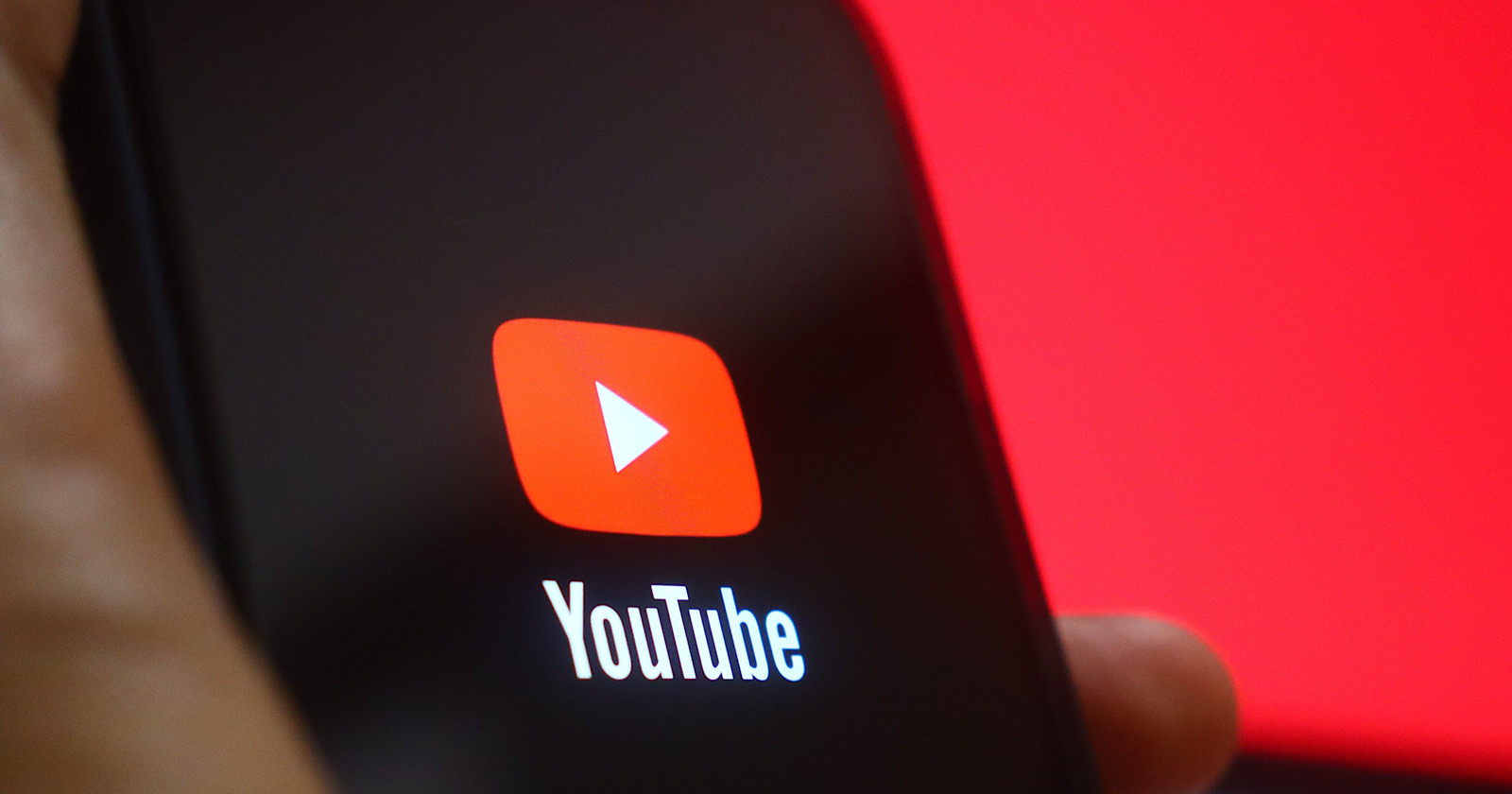

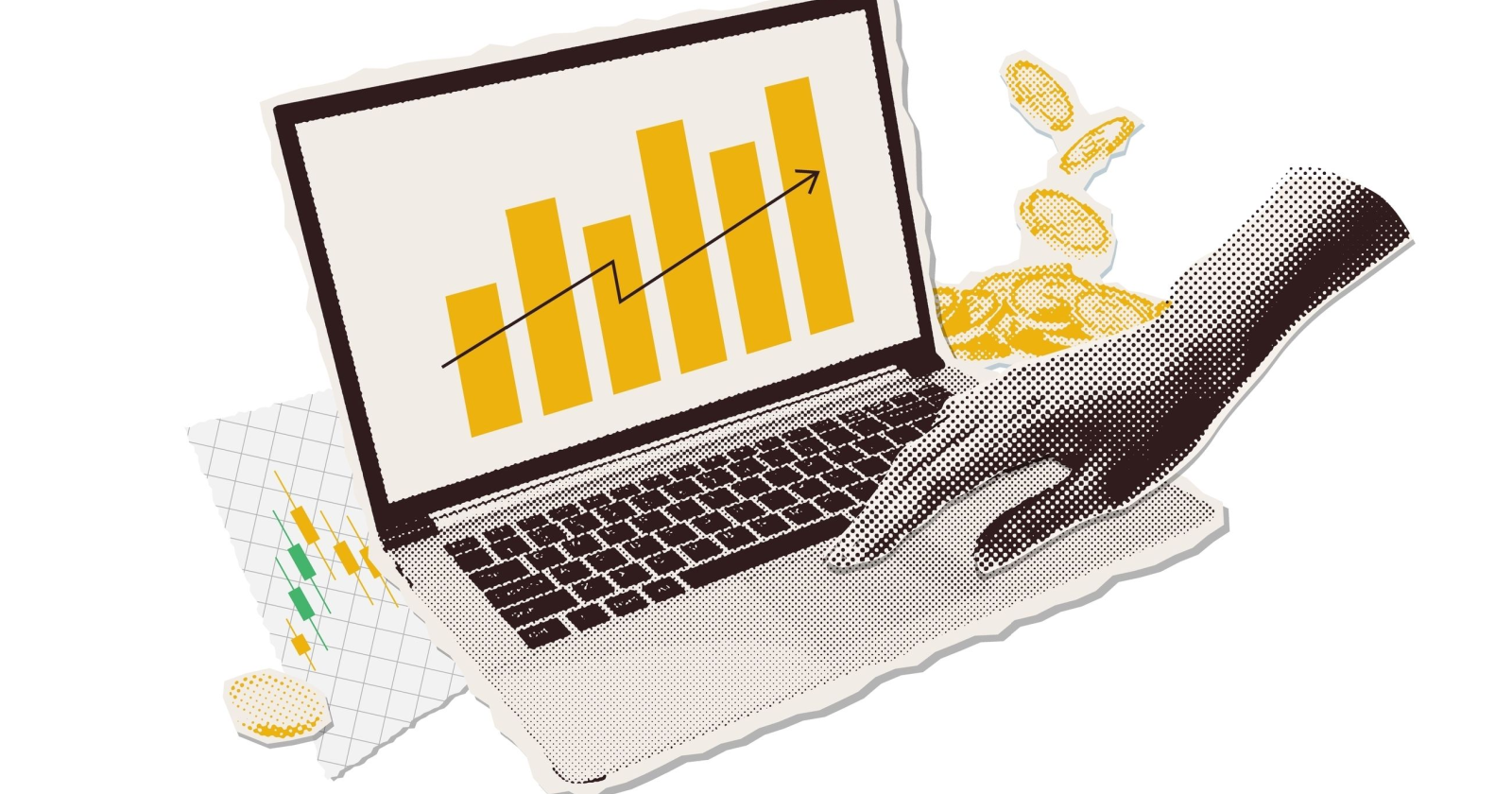




![How to Create an SEO Forecast [Free Template Included] — Whiteboard Friday](https://moz.com/images/blog/banners/WBF-SEOForecasting-Blog_Header.png?auto=compress,format&fit=crop&dm=1694010279&s=318ed1d453ed4f230e8e4b50ecee5417#)
![How To Build AI Tools To Automate Your SEO Workflows [MozCon 2025 Speaker Series]](https://moz.com/images/blog/banners/Mozcon2025_SpeakerBlogHeader_1180x400_Andrew_London-1.png?auto=compress,format&fit=crop&dm=1749642474&s=7897686f91f4e22a1f5191ea07414026#)









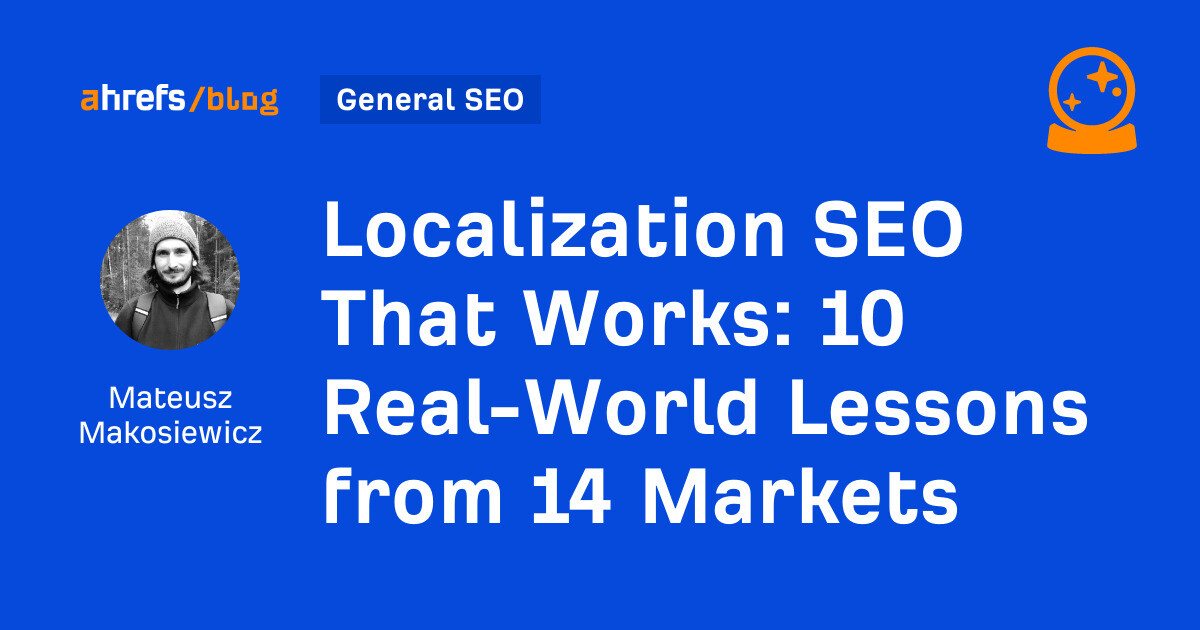
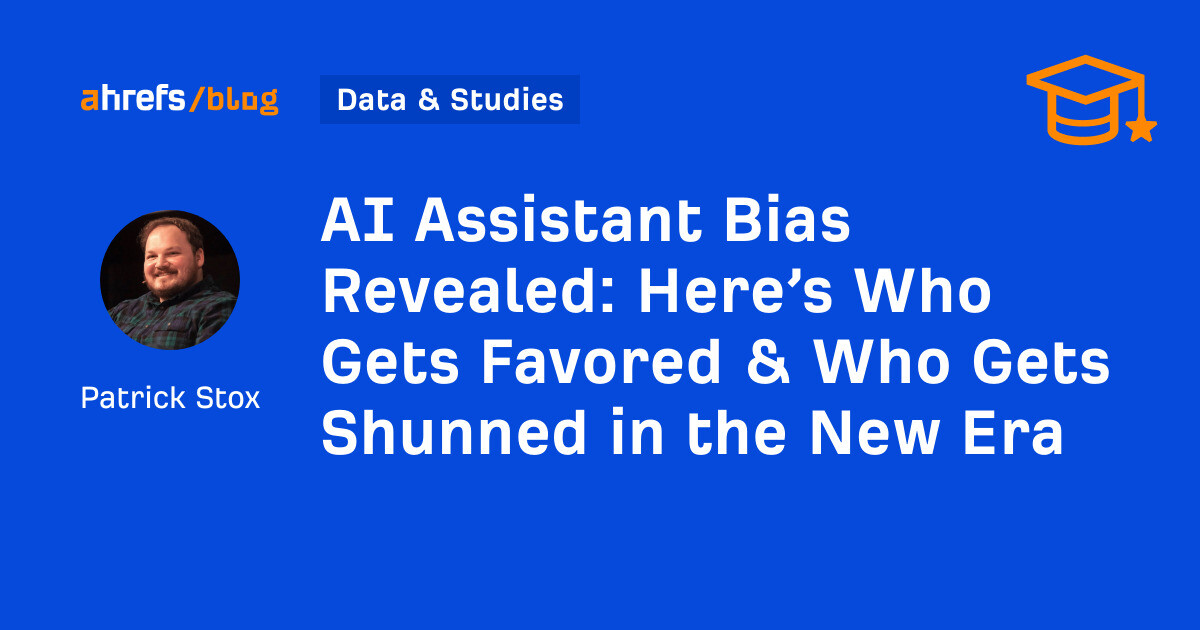
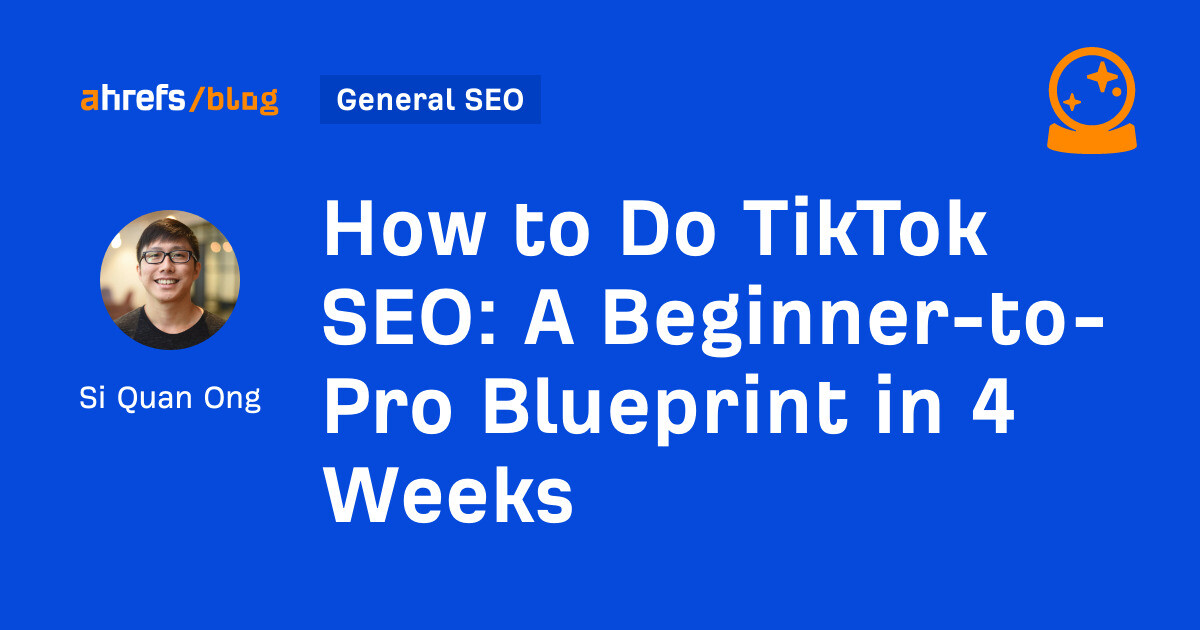


![How Social Platforms Measure Video Views [Infographic]](https://imgproxy.divecdn.com/AncxHXS242CT-kDlEkGZi7uQ2k70-ebTAh7Lm14QKb8/g:ce/rs:fit:770:435/Z3M6Ly9kaXZlc2l0ZS1zdG9yYWdlL2RpdmVpbWFnZS9ob3dfcGxhdGZvcm1zX21lYXN1cmVfdmlld3MucG5n.webp)










![Brand pitch guide for creators [deck and email templates]](https://blog.hootsuite.com/wp-content/uploads/2022/06/brand-pitch-template.png)

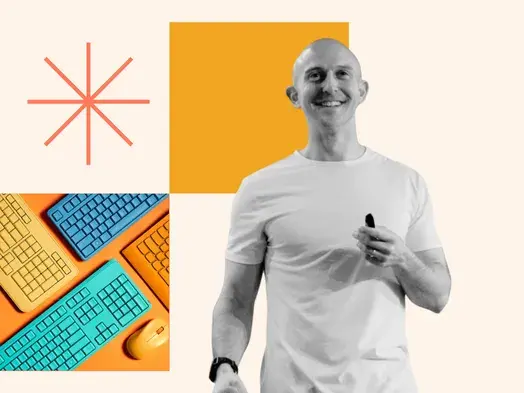
![AI marketing campaigns only a bot could launch & which tools pitch the best ones [product test]](https://www.hubspot.com/hubfs/ai-marketing-campaigns.webp)














